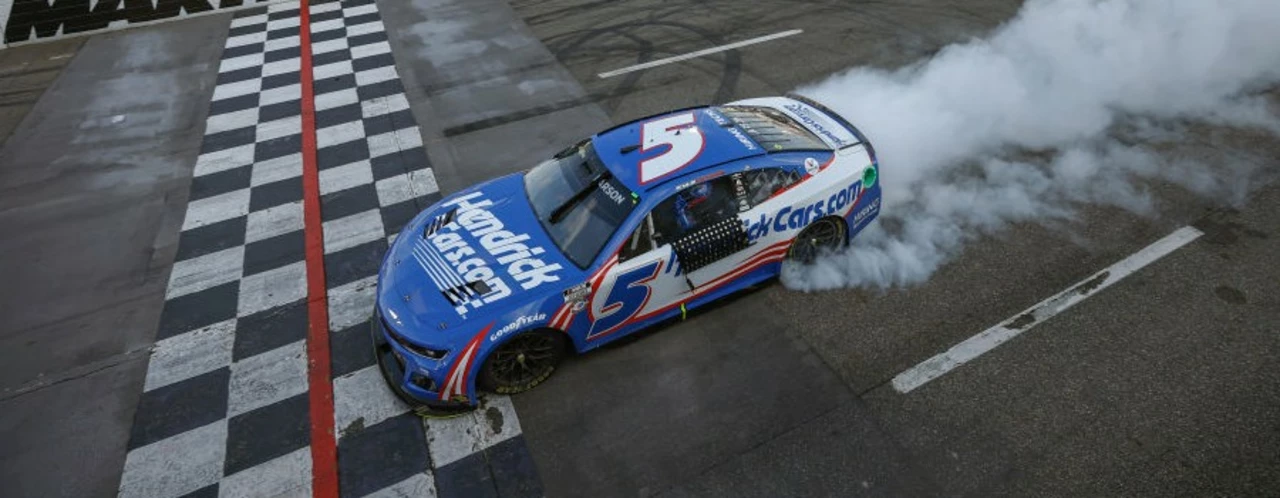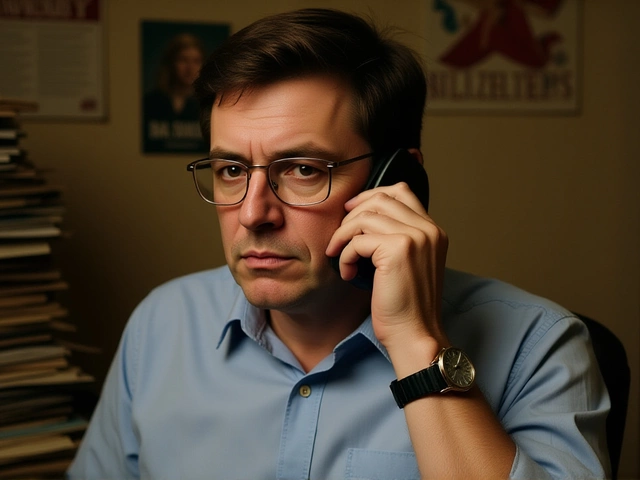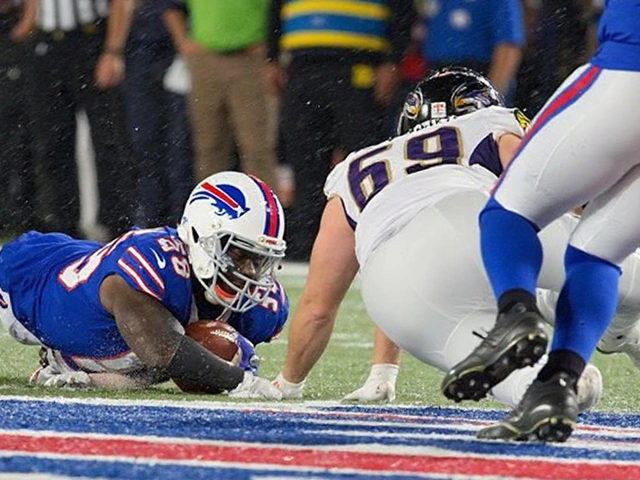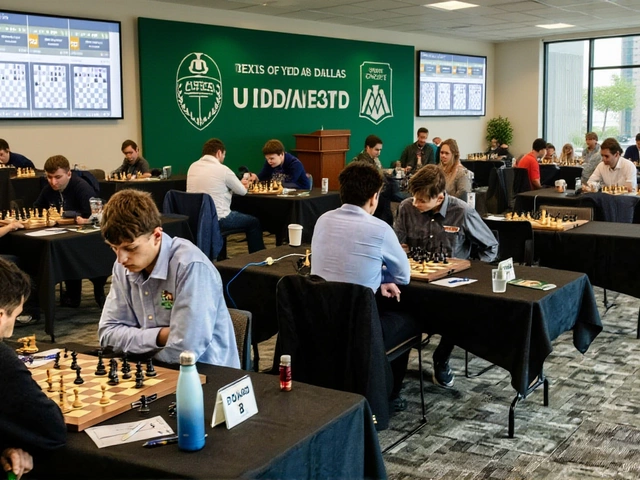Introduction: The Art of Rubbing in NASCAR Racing
As a passionate fan of NASCAR racing, I've heard the phrase "rubbing is racing" many times. This saying is often used to justify the inevitable contact that occurs between cars during a race. While some people argue that rubbing is an essential part of the sport, others believe it's a dirty tactic that should be penalized. In this article, we'll explore the different aspects of rubbing in NASCAR racing and try to answer the question: is rubbing really part of NASCAR racing?
The History of Rubbing in NASCAR
Before we dive into the debate surrounding rubbing, it's important to understand its history in NASCAR racing. The origins of rubbing can be traced back to the early days of stock car racing, when drivers would often use their cars as weapons to gain an advantage over their competitors. This aggressive driving style became a trademark of the sport and helped to fuel its growing popularity. However, as the sport evolved and safety concerns became more prevalent, NASCAR implemented stricter rules and penalties for aggressive driving, leading to a decline in the prevalence of rubbing.
Legendary Moments of Rubbing in NASCAR History
Despite the decrease in rubbing incidents, there have been several memorable moments throughout NASCAR history that have solidified rubbing's place in the sport. Some of the most famous examples include the "Dale Earnhardt Pass in the Grass," where Earnhardt made contact with Bill Elliott during a battle for the lead, and the "Spin and Win" incident involving Terry Labonte and Dale Earnhardt Jr. These iconic moments continue to be debated and discussed by fans and drivers alike, underscoring the controversial nature of rubbing in NASCAR racing.
The Pros and Cons of Rubbing in NASCAR Racing
As with any controversial issue, there are both pros and cons to rubbing in NASCAR racing. On the one hand, proponents of rubbing argue that it adds excitement and drama to the sport, making races more thrilling for fans and drivers alike. They claim that rubbing is an inevitable part of close-quarters racing and that drivers should be prepared to deal with the consequences of contact.
On the other hand, critics of rubbing argue that it's a dangerous and reckless driving tactic that puts drivers, teams, and fans at risk. They believe that rubbing should be penalized more severely to discourage drivers from engaging in this behavior and to promote a safer racing environment.
How NASCAR Handles Rubbing Incidents
NASCAR has implemented several measures to address rubbing incidents and promote fair competition. One of the most significant changes was the introduction of the "Boys, Have at It" policy in 2010, which allowed drivers to self-police on-track incidents. This policy was designed to encourage hard racing while still holding drivers accountable for their actions. Additionally, NASCAR has implemented stricter penalties for aggressive driving, such as fines, points deductions, and suspensions.
Famous Driver Opinions on Rubbing
Many well-known NASCAR drivers have weighed in on the rubbing debate, offering their own opinions on whether it's a legitimate part of the sport. Some drivers, like Tony Stewart and Kevin Harvick, have been vocal proponents of rubbing, arguing that it's an essential element of racing and that drivers should be prepared to deal with contact.
Others, like Jeff Gordon and Jimmie Johnson, have expressed concerns about the safety risks associated with rubbing and have called for stricter penalties to deter drivers from engaging in this behavior. Ultimately, the opinions of drivers on this issue vary widely, reflecting the ongoing debate surrounding rubbing in NASCAR racing.
The Impact of Rubbing on NASCAR's Image
The debate over rubbing has also had an impact on NASCAR's image and reputation. Some fans argue that the prevalence of rubbing incidents and the "Boys, Have at It" policy contribute to the perception of NASCAR as a dangerous and reckless sport. This image, they claim, can deter potential new fans and limit the sport's growth.
Others argue that the excitement and drama associated with rubbing incidents can actually attract new fans and help to keep the sport exciting and relevant. In this view, rubbing is a key part of NASCAR's identity and should be embraced rather than shunned.
Conclusion: Is Rubbing Really Part of NASCAR Racing?
After exploring the history, pros and cons, and various opinions on rubbing in NASCAR racing, it's clear that there is no easy answer to the question of whether rubbing is truly part of the sport. On the one hand, rubbing incidents can add excitement and drama to races, and some drivers argue that it's an essential element of close-quarters racing. On the other hand, rubbing can pose significant safety risks, and many drivers and fans believe that it should be penalized more severely to discourage reckless driving.
Ultimately, the debate over rubbing in NASCAR racing is likely to continue as the sport evolves and grapples with issues related to safety, competition, and its image. Whether you believe that rubbing is racing or not, one thing is certain: it will remain a hotly debated topic in the world of NASCAR for years to come.





